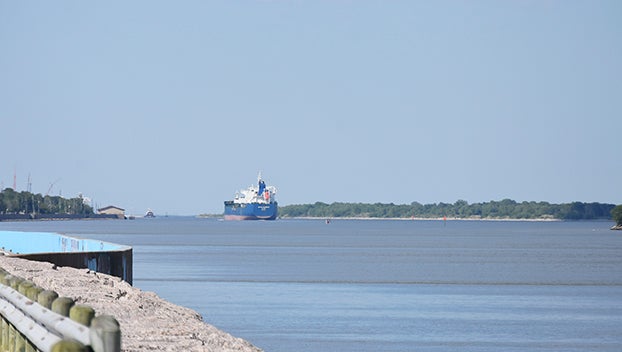OUTDOORS: Flounder biting hooks
Published 10:51 pm Wednesday, April 20, 2016
Flounder are pretty freshwater tolerant.
And with all of the floodwaters that have hit Sabine Lake this spring that is a good thing. Although not many anglers have been after them, those who have pursued flounder this spring have caught them and in fact have caught some impressive catches.
The bayous and small drainages on the Louisiana side of Sabine Lake have been good especially those on the southern end of the system from Willow Bayou south to Blue Buck Point.
Look for bayous with the clearest water to produce the best bites. Clarity is important with flatfish and although ultra clear water can be a liability that is rarely an issue on Sabine Lake. Chocolate milk-colored water is and that is what you need to avoid. You might have to go inside some of the bayous to find clearer water but it will be worth the effort.
Once you have located clear water, keep in mind tides dictate how flounder will be feeding. On a fast falling tide, they move in close to the drainage. When it is falling slowly, they might scatter out around the mouth of a drainage or up into the marsh. Look for incoming tides to produce the best action although any moving tide will stir them to bite.
An easy mistake to make in spring is relying solely on concentrations of mullet to find flounder. Since they are large and surface often, mullet are easy to stay with, but fishing the shad is of utmost importance.
Small baitfish cannot navigate well in moving water. What happens is that the flounder will lay in the current and snap up the disoriented shad. A flounder will eat just about anything that presents itself, but flounder are opportunists and by default of nature, it is the shad that presents the most opportunity.
Also, if the tide is high, working over the unique systems that are created by stands of roseau cane can put fish in the boat. Many anglers concentrate solely on the mouths of these bayous and more often than not, they catch fish, but by going into the cuts and looking for cane stands, they can step into a whole other realm of flounder fishing.
Roseau cane has a very intricate rooting system, not unlike mangrove, which provides baitfish protection from predators. On high tides, the shad will seek refuge among the jungle of roots and the flounder wait patiently just a few feet away waiting for the inevitable escapee. Pitch a soft plastic curl-tailed grub tipped with shrimp or a Gulp! Swimming Mullet down a bank of cane on a high tide and you may find the saddle blanket fish you’ve been looking for. People have got to remember that flounder are lazy fish. If they can get what they need by just lying there and gulping up stuff, they’re going to do it.
Many a bass tournament has been won by fishing “new” structure, when a lake or river floods. Working a spinner or worm on this normally dry ground can produce good number of bass. Translate this technique over to flounder fishing and you might just surprise yourself.
Water levels have been running high so don’t be hesitant to throw your lure in the flooded marsh or right along the edge of it.
Watch for tails flopping in the shallows. If you see some shad come cruising along in a few inches of water and something hit at them, more than likely, it’s flounder. Throw your bait at the edge of the shore and slowly drag it in. These moving flounder are feeding and will gladly gulp down your bait.
We will continue our flounder discussion in the weekend edition and look forward to seeing your photos of flounder caught in the Sabine area. E-mail them to chester@kingodmzoo.com.
•
To contact Chester Moore, email him at chester@kingdomzoo.com. You can hear him on “Moore Outdoors” Fridays from 6-7 p.m. on Newstalk AM 560 KLVI or online at www.klvi.com.





